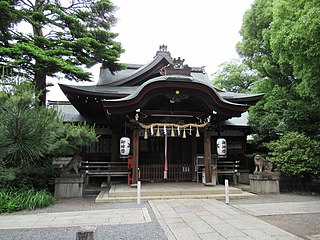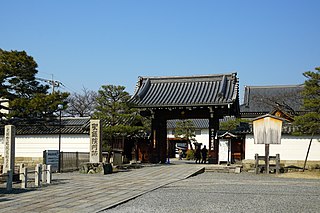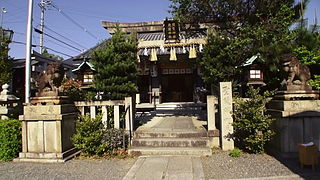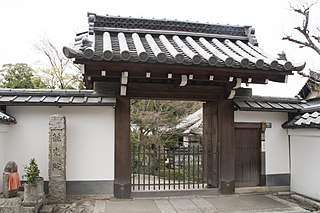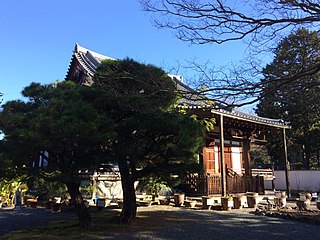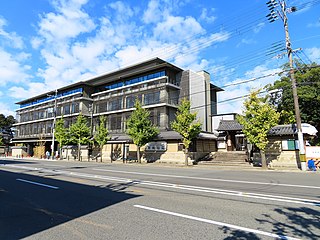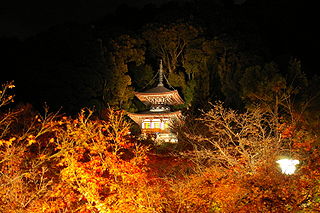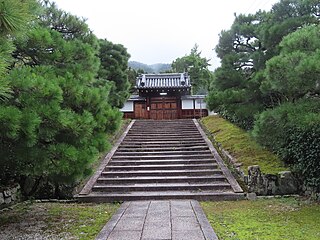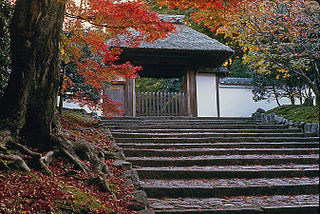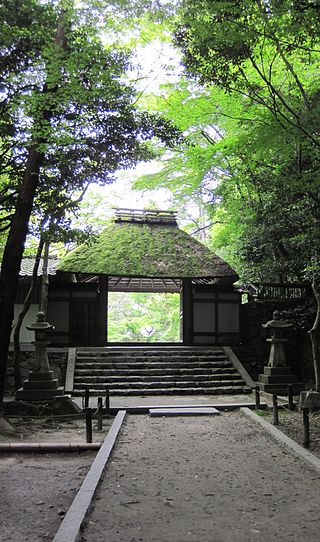Self-guided Sightseeing Tour #16 in Kyoto, Japan
Legend
Guided Free Walking Tours
Book free guided walking tours in Kyoto.
Guided Sightseeing Tours
Book guided sightseeing tours and activities in Kyoto.
Tour Facts
5.7 km
162 m
Experience Kyoto in Japan in a whole new way with our free self-guided sightseeing tour. This site not only offers you practical information and insider tips, but also a rich variety of activities and sights you shouldn't miss. Whether you love art and culture, want to explore historical sites or simply want to experience the vibrant atmosphere of a lively city - you'll find everything you need for your personal adventure here.
Activities in KyotoIndividual Sights in KyotoSight 1: Kumano Shrine
Kumano Shrine is a shrine located in Sanno-cho, Shogoin, Sakyo-ku, Kyoto. It used to be the shrine of the Holy Protector. The former name is Kumanosha. One of the three Kumano in Kyoto. It is also called Kyoto Kumano Shrine after the place.
Sight 2: 聖護院
Shogo-in is the head temple of the Honsan Shugendo sect located in Nakacho, Sakyo Ward, Kyoto City. It has no mountain name. The principal deity is Fudo Myo-o. The founder is Zo-o. It is also referred to as Shogo-in Monzeki. It was also known as Nishikirin-fu. It was once one of the three monzeki of the Tendai sect.
Sight 3: 須賀神社
Suga Shrine (Suga Shrine, Kotsu Jinja) is a shrine located in Entonmi-cho, Shogoin, Sakyo-ku, Kyoto.
Sight 4: Ryōkō-in
Ryōkoin is the head of the Jōdo Buddhist temple in Kurotani-cho, Sakyo-ku, Kyoto, Japan.
Sight 5: Shinsho-gokuraku Temple
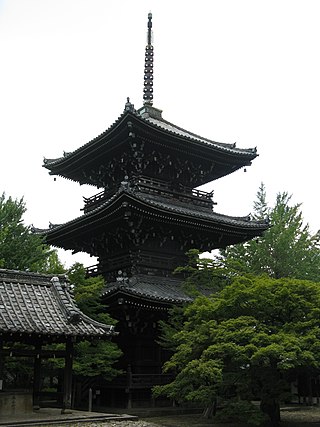
Shinshōgokuraku-ji (真正極楽寺) or Shinnyo-dō (真如堂) is a Buddhist Tendai temple in Kyoto. It was established in 984 AD by the monk Kaisan, who was originally from Enryaku-ji. The word gokuraku in its name refers to Sukhāvatī, the Pure Land of the West.
Sight 6: Saiun-in
Saiun-in is a Jodo sect temple located in Kurotani-cho, Sakyo-ku, Kyoto City. It is a sub-temple of the main temple, Kinkai Komyo-ji. The mountain name is Shiunzan, and the principal image is Amida Nyorai. It is commonly known by the nickname "Shiunseki."
Sight 7: Konkai kōmyō-ji
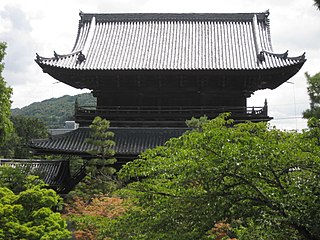
Konkaikōmyōji (金戒光明寺), also the Kurodani Temple, is a Buddhist temple in Kyoto, Japan. It is one of Head Temple of the Jōdo Sect of Buddhism.
Sight 8: Higashi-Tenno Okazaki-Jinja
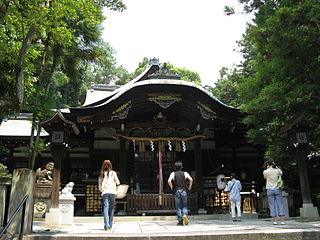
Okazaki Shrine is a shrine located in Okazaki Higashi-Tenno-cho, Sakyo-ku, Kyoto. It is also known as the "Eastern Heavenly King". Since the surrounding area was once the habitat of wild rabbits, rabbits are said to be the messengers of the gods.
Sight 9: 岡崎別院
Shinshu Otani Okazaki Betsuin is a temple of the Shinshu Oya sect located in Okazaki, Sakyo-ku, Kyoto. A separate temple of Motoyama Higashi Honganji. The honzon is Amitabha. It is located west of Shirakawa-dori on Marutamachi-dori, and is close to Kinkomyoji Temple and Okazaki Park. This place is said to be the site of Okazaki Soan, where Shinran lived.
Sight 10: Eikan-dō Zenrin-ji Temple
Eikan-dō Zenrin-ji (永観堂禅林寺) is the head temple for the Seizan branch of Japan's Jōdo-shū Buddhist sect, located in Kyoto, Sakyō-ku. It was founded by Shinshō, a pupil of Kūkai, and is famous for its fall foliage and for its prominence in the past as a center of learning.
Sight 11: Nyakuoji-jinja Shrine
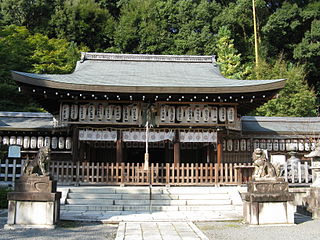
Kumano Wakaoji Shrine is a shrine located in Wakaoji-cho, Sakyo-ku, Kyoto. The former company name is Murasha. It used to be the shrine of Zenrinji Temple. It is located at the southern end of the philosophical path. It is commonly known as the Wakaoji Shrine. One of the three Kumano in Kyoto.
Sight 12: 霊鑑寺
Reikan-ji is a Rinzai sect temple of Nanzen-ji located in the Sakyo ward of Kyoto City, at the address of Kagadani Goshonodan-cho. The mountain name is Enjozan, and the main deity is Nyoirin Kannon. In modern times, it was a nunnery where imperial princesses entered. It is also referred to as Tani Goshiyo and the Temple of Camellias.
Sight 13: 安楽寺
Anrakuji Temple is a temple of the Jodo sect located in Shikagaya Goshonodancho, Sakyo-ku, Kyoto. The name of the mountain is Mt. Sumiren. The honzon is Amitabha. At the beginning of the Kamakura period, the disciples of the founder of the Pure Land sect, Hōren, Sumirenbo (hereinafter referred to as Sumiren) and Anrakubo (hereinafter referred to as Anraku), established a dojo for the Buddha of Pure Land Buddhism. It is famous for its pumpkin offering, which is held in July to pray for protection from the wind. It is also commonly known as Matsumushi Suzumushi Temple.
Sight 14: Hōnen Temple
Hōnen-in (法然院) is a Buddhist temple located in Sakyō-ku, Kyoto, western Japan.
Share
How likely are you to recommend us?
Disclaimer Please be aware of your surroundings and do not enter private property. We are not liable for any damages that occur during the tours.
GPX-Download For navigation apps and GPS devices you can download the tour as a GPX file.
